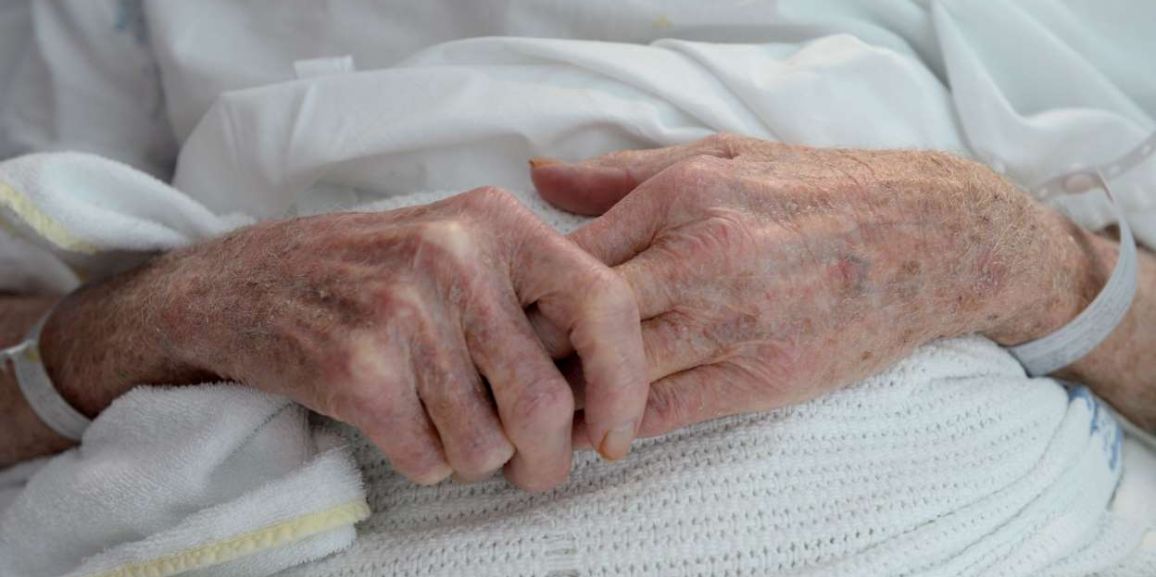Behind Closed Doors
The World Health Organisation estimates that 1 in 10 older people will experience abuse every month – a number that is predicted to rise due to rapidly ageing populations. These numbers include all forms of abuse: psychological, financial, neglect, sexual and physical.
You might be familiar with the recent and graphic media coverage of a care worker assaulting an 82-year-old resident. The footage allegedly shows the worker hitting the man, shoving him, dragging him onto the bed and pulling him by his shirt while trying to change the resident’s clothes. A sad and extreme case of elder abuse, this is a very real reality faced by many aged care residents; especially those in self-care units, where supervision is not constant.
This form of abuse is obviously categorised as physical abuse, and although this is a very extreme case, the legislation describes it as ‘use of unreasonable force’. This is something we explore in our training sessions, as it can be confusing for staff, contractors and families to understand what this looks likes when it is not as obvious and clear-cut as the above example.
The ‘use of unreasonable force’ is intended to capture all assaults, from those that are deliberate and violent (such as the case mentioned above), to the simple use of unwarranted physical force (such as rough handling into a shower chair). The assault does not have to cause visible harm, such as resulting in bruising. It is important that staff and family members learn to recognise signs of more ‘minor’ abuse. Sighting a new and unexplained bruise, or a resident simply disclosing that someone has been ‘too rough’ with them is enough to warrant a Reportable Incident Notification Form/Report. This notification needs to be submitted to the Department of Health within 24 hours of the provider becoming aware of the alleged incident.
It is especially important to note that within the Aged Care industry, it is recognised that physical injuries such as bruises and the integrity of a residents skin can be compromised, even when care staff member is genuinely trying to assist, purely because a resident bruises easily, is on blood-thinning medication, or has thin skin.
The aim of this piece of legislation (Aged Care, 1997) is not to find people to blame and charge, but simply to ensure our ageing population has the best quality of life, in the safest environment possible, and to be transparent in your processes. With this in mind we cannot stress enough the need to document, document, document – and report. It is always better to report than not report. Not reporting incidents can result in sanctions for the provider and, when sanctions are applied, often the provider cannot accept new residents. This adversely affects current and potential residents, as well as staff employment. Reporting incidents may also lead to changes in practices and training and education for care staff, which we believe can only be a good thing, right?







